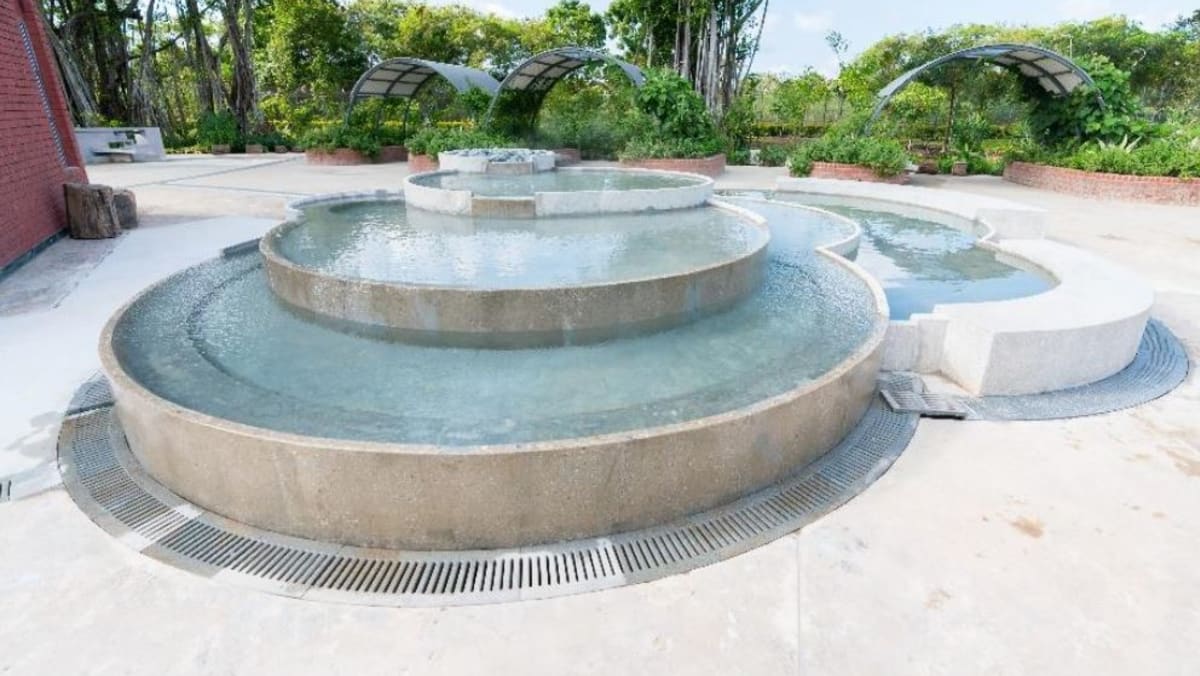
Simpang granite contains heat-producing elements – referring to elements that produce heat naturally – and more so than other rocks.
It also has a high heat flow, which is the ability to store and transfer heat. The team said Simpang granite has twice as much heat flow as the global average,
excluding those found in the vicinity of volcanoes.
HARNESSING UNDERGROUND HEAT FOR ENERGY
Geothermal energy can be harnessed from the ground through a closed loop system, where water ported from the surface into pipes underground is heated by the rocks. The water is pushed back to the surface and as the hot water boils into steam, it can power a turbine or a generator.
Research engineer Anurag Chidire is one of the scientists studying the feasibility of a system that would work for Singapore and to find the optimal utilisation for heat factoring in cost, and the social and environmental impact.
For a country lacking in natural resources, geothermal energy to Mr Chidire represents a promising opportunity for Singapore to finally have its own sustainable source of energy with minimal carbon emissions.
Mr Chidire, who is from TUMCREATE’s Energy and Power Systems Group, said that the carbon emissions from a geothermal power plant would come from the preparation and construction of the site, rather than the operation of the plant.
By his calculations, the carbon footprint from bringing in materials for the plant would still be significantly less than burning natural gas.
The findings also gave him hope that in finding its own energy source, Singapore will no longer be called a “resource-deficient country” or one that doesn’t have any renewable resources.
Mr Chidire echoed lead scientist Tobias Massier’s sentiments on the potential of geothermal energy to cover part of Singapore’s cooling demand. Dr Massier said that every gigawatt of geothermal power produced could cover about 12 per cent of Singapore’s current cooling demand.
Around 60 per cent of energy consumption in a building is used for air conditioning. In Singapore, an overall 30 per cent of electricity consumption is for cooling.
NEW DATA FOR SINGAPORE’S SUBTERRANEAN LANDSCAPE
More than just the potential for geothermal energy, the data gained from the study provided new insights into Singapore’s underground landscape.
For Assoc Prof Wu Wei, the co-investigator of the project, the study presented him with the chance to satisfy his curiosity about Singapore’s geology.
“All (the information) we have is just maybe down to 200m deep … That affects future development because in Singapore we plan underground in multiple layers,” said the cluster director for geothermal at the NTU’s Energy Research Institute.
Apart from limited subsurface temperature measurements, there are no deep boreholes and temperature measurements on the western, eastern and southern sides of the country.
When the time came, however, Assoc Prof Wu was surprised by what he found. He had expected to find dense and high-quality granite, instead, the site at Admiralty Lane has fractured granite.
The second surprise was that, unlike Sembawang Hot Springs, the borehole did not produce pressured water which would have indicated higher temperatures underground.
